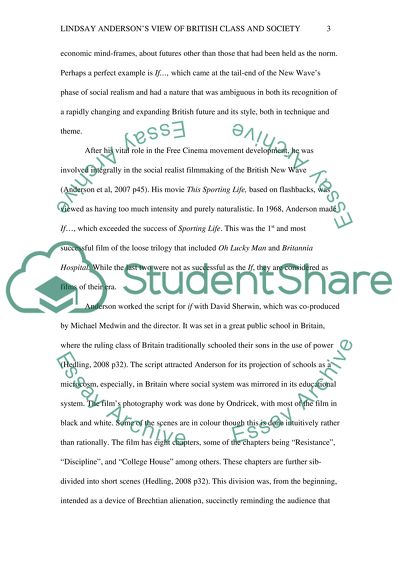Cite this document
(“Lindsay Anderson's View of British Class and Society Essay”, n.d.)
Retrieved from https://studentshare.org/visual-arts-film-studies/1449484-examine-the-view-of-british-class-and-society-that
Retrieved from https://studentshare.org/visual-arts-film-studies/1449484-examine-the-view-of-british-class-and-society-that
(Lindsay Anderson'S View of British Class and Society Essay)
https://studentshare.org/visual-arts-film-studies/1449484-examine-the-view-of-british-class-and-society-that.
https://studentshare.org/visual-arts-film-studies/1449484-examine-the-view-of-british-class-and-society-that.
“Lindsay Anderson'S View of British Class and Society Essay”, n.d. https://studentshare.org/visual-arts-film-studies/1449484-examine-the-view-of-british-class-and-society-that.


